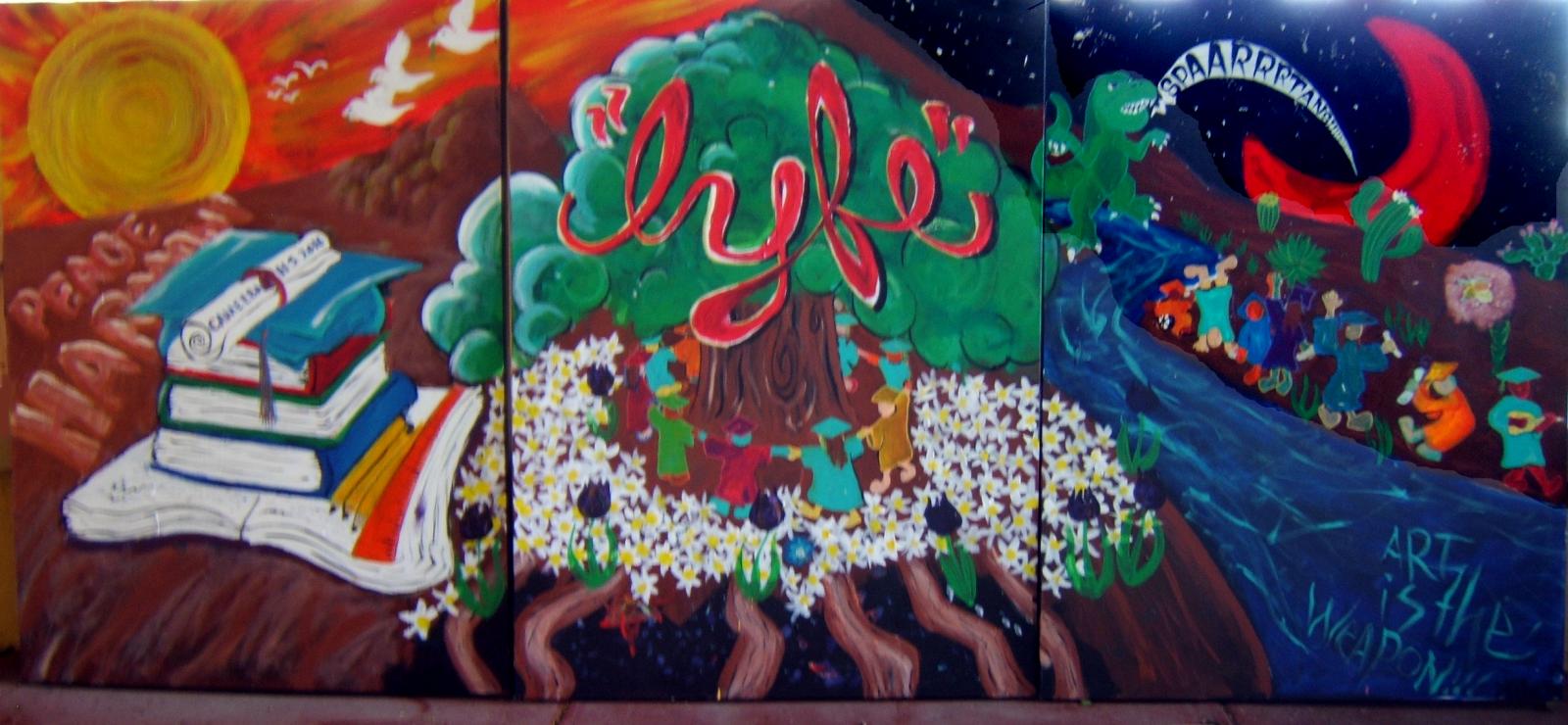

The Cultural Arts Coalition's
Nine Guiding Practices for Community Arts
When using these guiding practices for building and evaluating programming, many, but not necessarily all, of these practices will be present in a single project. Over the course of a longer program or initiative, all of these practices may be evident in different aspects of the work. This set of core values and principles of practice is a work in progress and expected to transform through our dialogs about community arts practice. The Nine Guiding Practices are the result of a public participation process involving artists, educators, and community activists during 2005-2006 in Arizona.
Practice One: Participant Centered and Inclusive of All Ages and People. Programming is responsive to, even directed or initiated by, the participant community.
Practice Two: Issue or Theme Driven. Programming deals with themes that have a universal focus and promote dialogue and/or creating a rich, interdisciplinary learning experience in safe community settings.
Practice Three: Experiential and Expressive. The environmental setting, the sense of place, engages children and/or adults in active learning and participation, drawing on a full range of communicative media: storytelling, writing, literature, dance or movement, theatre, music, visual arts, and creative technologies.
Practice Four: Holistic and Authentic. Participants encounter ideas, events and materials in meaningful contexts with complex, life lessons at the heart of the learning process.
Practice Five: Reflective and Evaluative. Arts programming provides opportunities and vehicles for participants to reflect on feelings, thoughts and new information, as well as a means for community organizers and participants to evaluate themselves, the work, and the effectiveness of the processes.
Practice Six: Social, Collaborative and Democratic. Programming encourages learning in a social-cultural context, preferring cooperative over competitive approaches to achieving goals and creating a shared space for meaningful work with a collective purpose. It is about understanding self in relation to others and community.
Practice Seven: Developmentally Appropriate. All programming is age appropriate, following child and adult development guidelines and providing learning environments that enable all participants to create connections between content areas and understand context as well as absorb content. Learning experiences involve investigative processes, self-monitoring and problem-solving skills that engage higher-order thinking.
Practice Eight: Relationship Oriented. Relationship building and processes have priority over projects and products in the development, implementation and evaluation of community arts work.
Practice Nine: Celebrative. Participants are recognized and honored both individually and collectively through community celebrations.
